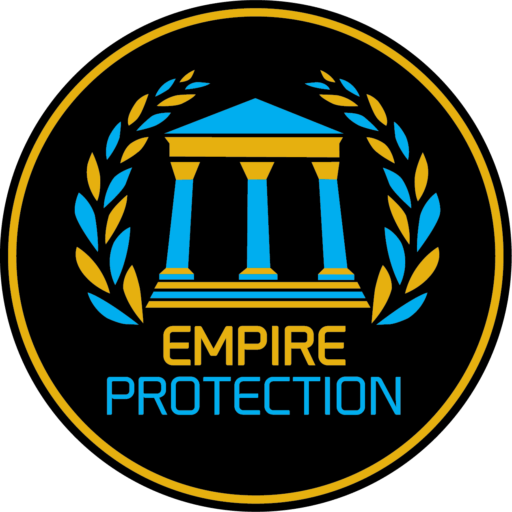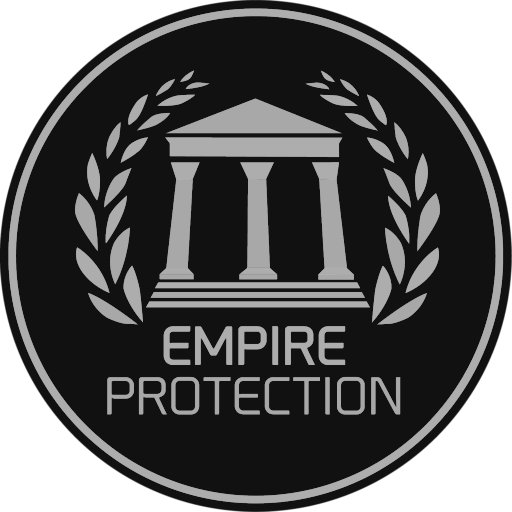OSINT in Action: Safeguarding Major Sporting Events with Open-Source Intelligence
In North America, major professional sports leagues like MLB, NBA, and NHL games draw millions of fans each season, creating thrilling atmospheres, anticipation, and excitement that brings communities together. But beyond the scoreboard and excitement lies an unseen team of security professionals dedicated to protecting the fan experience and personal safety. One critical aspect of a physical security strategy is Open-Source Intelligence, or OSINT, which plays a key role in protecting large-scale events.
Monitoring Public Spaces for Security
OSINT involves gathering and analyzing publicly available information from various online sources to assess potential risks. Think of OSINT as online research, assessment and monitoring of social media platforms, public websites, and message boards to uncover issues impacting an organization’s safety, assets, or interests. At large sporting events, this means monitoring social media platforms like Facebook, Instagram, X (formerly Twitter), TikTok, and Reddit—spaces where fans share their excitement but also where potential threats can emerge.
Even seemingly harmless social media posts can raise red flags. By using a combination of advanced software and human expertise, OSINT teams continuously monitor online activity, identifying posts that could signal security risks. Analyzing this information in real time allows for swift action, whether it’s determining the credibility of a threat or coordinating with emergency services to prevent an incident.
Keyword Searches and Geofencing
Two of the most powerful tools in OSINT are keyword searches and geofencing. Given the sheer volume of social media posts during a major event, manually reviewing each one is impossible. That’s where well-structured keyword searches come into play, efficiently filtering out irrelevant content and zeroing in on potential threats.
- Primary Keywords include key event details, such as the venue name, city, team names, players, and any VIPs in attendance.
- Secondary Keywords focus on terms that, when paired with primary keywords, could indicate a threat—words like "knife," "gun," "bomb,", “harm”, or "kill." When combined with primary keywords, these terms trigger deeper scrutiny.
- Exclusion Keywords are used to filter out common terms that would otherwise clutter the search results. For example, “stolen base” is common in baseball but irrelevant to security concerns.
Geofencing further enhances the accuracy of OSINT by setting a digital boundary around the event venue. Using metadata from social media posts, geofencing pinpoints activity happening in or near the stadium, allowing security teams to focus on posts from individuals physically present at the event. If someone inside the venue posts something suspicious, it rises to the top of the search results, enabling faster responses.
From Red Flags to Real Threats
When a suspicious post is flagged, the investigation begins. It’s crucial to determine whether the threat is credible or just noise. This often involves analyzing the poster’s online history and connections to gauge their intent. Even anonymous accounts can be traced using OSINT techniques, providing valuable insights into whether the person behind the post, had a history of making threats.
If a threat is determined to be credible, OSINT teams work closely with on-site security, law enforcement, and emergency services to coordinate a response. In some cases, facial recognition technology is used to locate individuals within the venue, allowing security teams to intervene before a situation escalates.
A Critical Layer of Protection That Keeps Evolving
In today’s hyper-connected world, OSINT has become a vital tool in ensuring the safety of large-scale events. The ability to monitor online posts and identify threats in real-time is a proactive approach to security that helps prevent potential dangers before they become serious. And this approach isn’t limited to sporting events—it’s also used at concerts, festivals, and other high-profile gatherings.
As online threats continue to evolve, OSINT’s role in event security will only grow more important. By keeping a pulse on digital spaces and working in tandem with security teams, OSINT ensures that fans, athletes, and attendees can enjoy events without worrying about their safety. When fans head to the stadium, they’re there to watch a game—not deal with potential hazards. Thanks to the behind-the-scenes efforts of OSINT, the focus stays where it belongs: on the action.
OSINT Tools You Can Use Today
Security professionals involved in monitoring online threats for large-scale events can take advantage of several free OSINT tools to enhance their capabilities.
1. Google Alerts
- Purpose: Keyword-based monitoring of the web.
- How to Use: Set up alerts for relevant keywords, venue names, or potential threats. Google Alerts will send notifications whenever new content appears online related to the chosen keywords.
- Link: Google Alerts
2. Google Lens
- Purpose: Reverse image search of people, places and things.
- How to Use: Upload photos of people, places and things to retrieve linked information such as social media profiles and locations, which can provide intelligence on a person of interest.
- Link: Google Lens
3. Have I Been Pwned?
- Purpose: Email and password breach checker.
- How to Use: Security teams can check if any staff emails or relevant accounts have been compromised in past data breaches, which could indicate an increased risk of phishing or social engineering attacks.
- Link: Have I Been Pwned?



